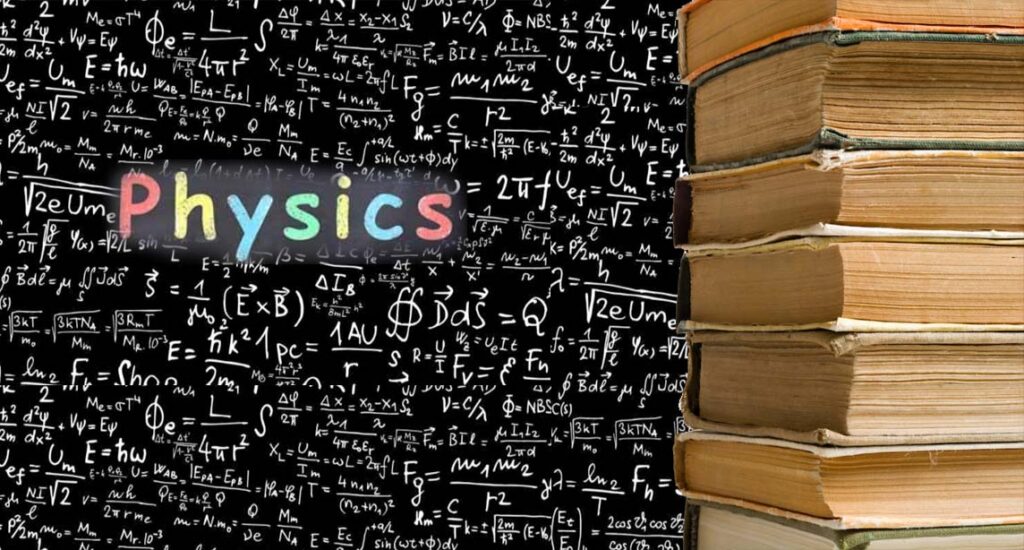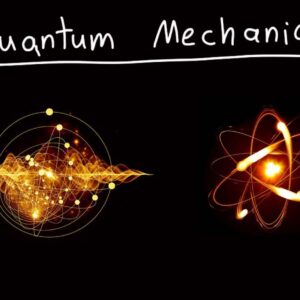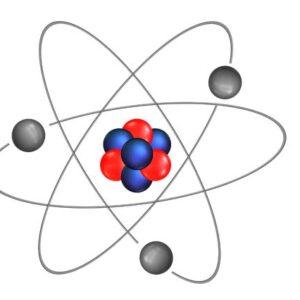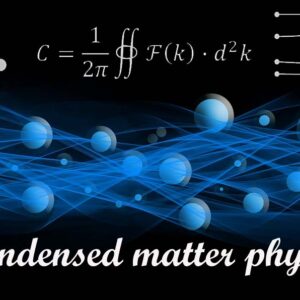
There are numerous varieties of physics each with a distinct set of concepts and uses. Among the various major categories of physics are:
- Classical physics which includes mechanics, thermodynamics, electromagnetic and optics is the study of matter and energy on a macroscopic scale.
- Quantum mechanics which includes wave-particle duality Heisenberg’s uncertainty principle and the Schrödinger equation is the study of matter and energy at the atomic and subatomic scale.
- Astrophysics the study of celestial bodies’ characteristics and the cosmos as a whole including the examination of stars, galaxies and the universe’s large-scale structure.
- Nuclear physics the study of atomic nuclei’s characteristics, such as the actions of protons and neutrons and their interactions.
- Condensed substance Physics is the study of the characteristics of solid and liquid matter which includes how liquids crystals and glasses behave.
- Particle physics this branch of physics focuses on the study of subatomic particles and their interactions, as well as the study of the fundamental forces of nature.
- Geophysics the study of the Earth’s structure, composition and dynamics as well as other physical aspects of the planet and its surroundings
- Biophysics The study of biological systems’ physical characteristics, such as how biomolecules behave and how cells and neural networks interact.
- Medical physics The use of physics concepts in the detection and treatment of disease including the application of radiation therapy and imaging methods.
There are other further specialities and subfields.
There are many more subfields and specialties within the broad categories of physics therefore this list is not all-inclusive. Other noteworthy branches of physics are:
- Materials physics: The study of materials including their structure, mechanical characteristics, electrical conductivity and thermal conductivity is known as materials physics.
- Fluid mechanics: The study of the characteristics and activities of fluids including gases and liquids as well as how they interact with solid objects.
- Plasma physics: Plasma physics is the study of the characteristics and behaviour of plasmas which are charged particle-based high-energy states of matter.
- Acoustics: The scientific study of sound including its production, propagation and material effects.
- Optics: The study of light and how it interacts with different substances including the investigation of colour, reflection, refraction and diffraction.
- Thermodynamics: The science that examines how heat and temperature relate to energy and work.
- Relativity: The study of how space and time behave when big things are moving fast across it including the special and general theories of relativity.
- Cosmology: the study of the universe’s structure history and origin.
- Applied physics: The use of physics concepts to address real-world issues in industries including engineering, technology and medicine.
These are only a few of the numerous varieties of physics that exist. Every branch of physics has its own distinct set of rules and methods and they frequently cross over and interact in different ways.









